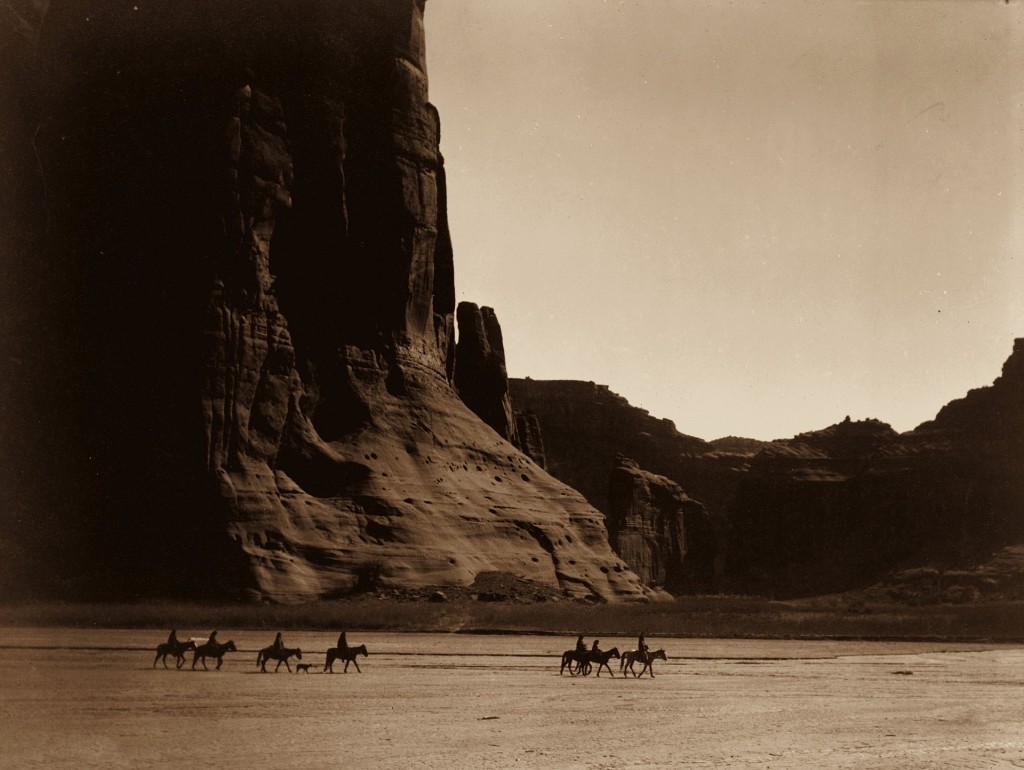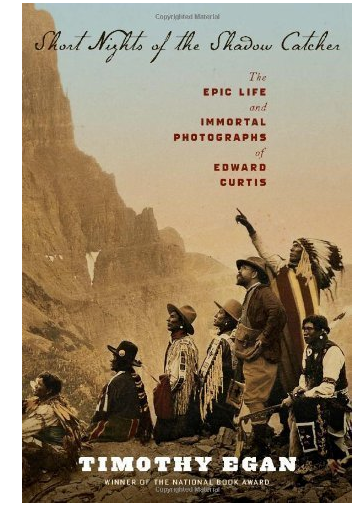 I love the power of having a vision. I teach about it.
I love the power of having a vision. I teach about it.
When I have a picture of the future I want to create, a captivating sense of purpose, and a clear sense of direction (even if the path itself is not clear), I’m on fire. I’m up early in the morning. I feel the pulse beneath my actions.
When I haven’t felt a sense of vision, I’ve prayed for one.
But even as many of us organizational consultants tout the merits of vision and run visioning retreats, we rarely talk about its shadows.
Visions may come at a price.
Compulsion. Obsession. Imbalance. Hurt of others. And sometimes delusion.
I just finished a must-read biography: Short Nights of the Shadow Catcher: The Epic Life and Immortal Photographs of Edward Curtis, by Seattle author Timothy Egan.
I’ve admired Curtis prints for years – his stunning pictures of Native Americans are displayed all around Seattle. The Fleury gallery downtown still features his work.
Now, I have heard complaints that his art, created in the first four decades of the last century, was staged – and it was. But it’s still beautiful, haunting, and evocative. His subjects look dignified.
And his photographs were more than art – they were an historical record of peoples, traditions and customs that he feared were fast disappearing.
I didn’t know much about Curtis. I didn’t know that he was a dapper, confident, self-educated man, who walked among the elite and hob-nobbed with bankers and a president. He once ran the most elite photographic studio in Seattle in the early 1900’s, and seemed to happen on his interest in Indians when he took a portrait of Princess Angeline, the aged and tattered daughter of Chief Sealth, Seattle’s namesake.
But as his interest in natives expanded, Curtis found his life’s calling: to create a 20 volume set of photographs and writings in which he would record the customs of all the Indian communities in North America. Before they were gone.
The project took him over. He gave everything to it. He was indentured to his financial backer, J.P Morgan. He made no money from it.
In the end, he worked on the project over three decades – eventually losing his home, his marriage, his studio, and control of his project.
The project marked him and changed him. He shifted from being an interested observer of Indian customs to their outraged advocate.
Curtis was larger than life. Egan’s biography is riveting.
I had a vision, many years ago, albeit on a very different scale
In a moment of profound meditation, I became clear what I needed to do: create a new kind of management program – built around values like self knowledge, community, and collaboration.
The vision knocked me on the head. Before I could even hesitate, I talked to the President of the University about my idea and he gave me his blessing and backing. Building the program was soon to be one of the most thrilling adventures of my career, and I was joined by an incredibly talented group of collaborators and, once the program launched, a great group of students.
That initial vision motivated me through the long development process.
But what I didn’t know – because how can anyone really know at the start of an entrepreneurial venture – was that there was a price to be paid.
I didn’t know how long it would take to get approvals. I didn’t know that the University President, who was my prime supporter, would refuse to allocate budget to support the project, and leave me on my own to beg for funding. I didn’t know that I would put my job at risk. I didn’t know that faculty colleagues would turn on me when money to build my program was taken from theirs.
I put myself on the line personally to create the program. I knew I had to see it through. I was obsessed.
Fortunately I had great advisors and my life never went completely out of balance.
But the experience left me wondering: if I had known what I was getting into would I have been so cock-sure that the program would happen? Would I have been tempted not to try?
In other words, don’t visionaries have to be a little blind?
I still love having a sense of vision. That passion is delicious. That passion can burn you up.
The twenty volume set of The Native American Indian was Curtis’ life work. It received rave reviews. But when he died, Curtis was a pauper, forgotten by all but a few.
Yes, he was visionary.
Yes, he was obsessed.
Yes, he was almost delusional.
and
Yes, that obsession produced a monumental legacy. And maybe that makes it all worthwhile.










